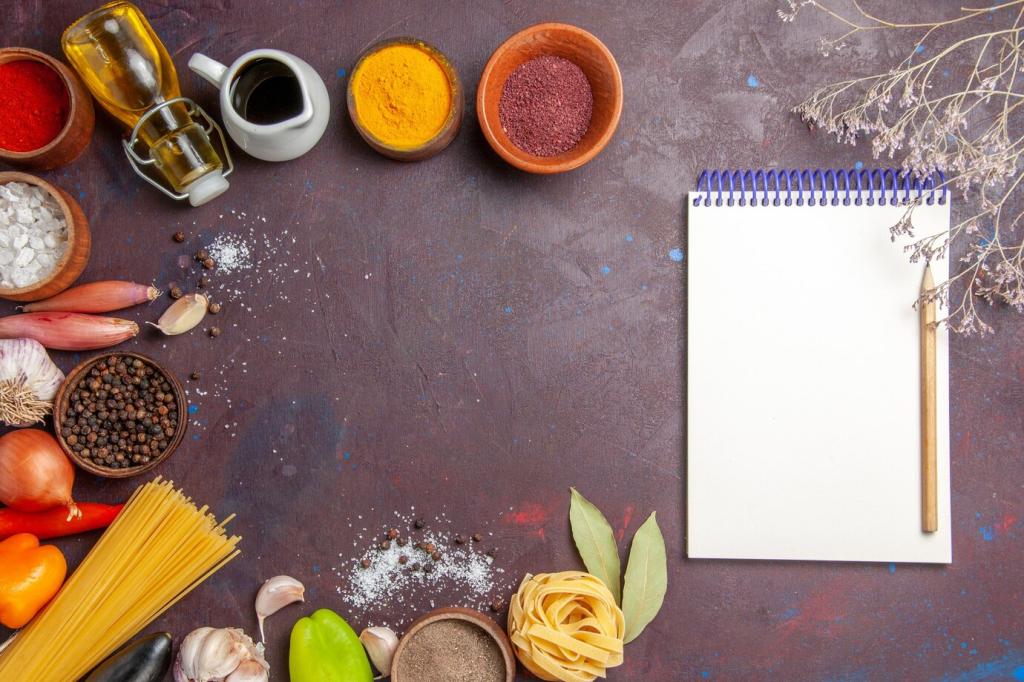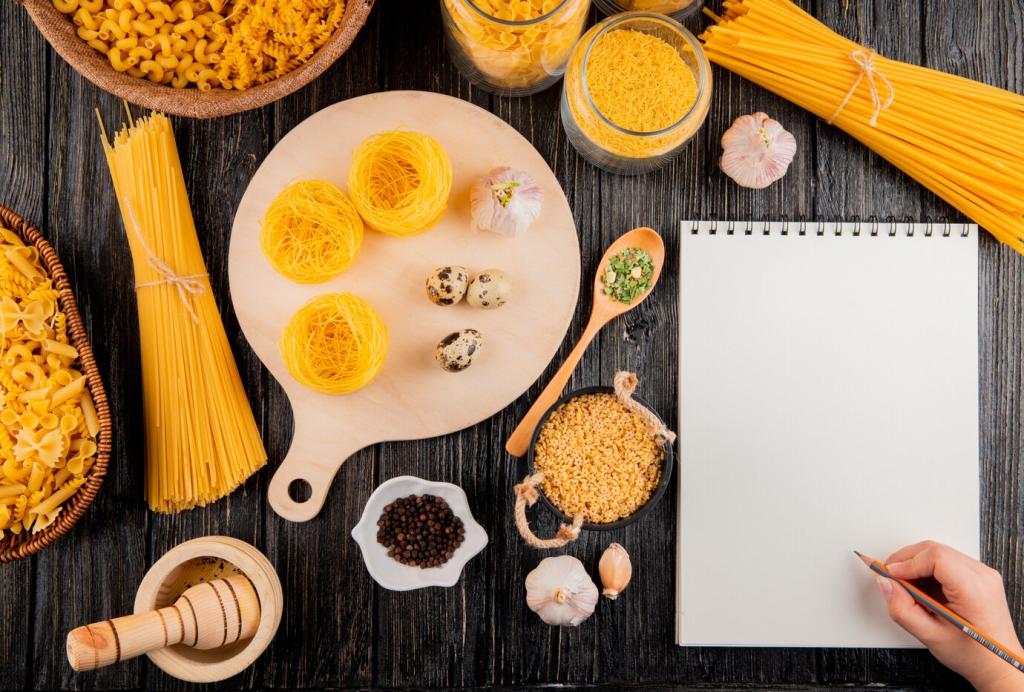Respecting Culture, Credit, and Community
When a recipe has roots, we state them upfront and cite teachers by name. Context invites appreciation, prevents erasure, and opens doors for readers to seek original voices and deeper learning.
Respecting Culture, Credit, and Community
Masters discuss farmers, fishers, and foragers behind ingredients. We add alternatives for accessibility without misrepresenting results. Share your local swaps so the community recipe grows responsibly together.





